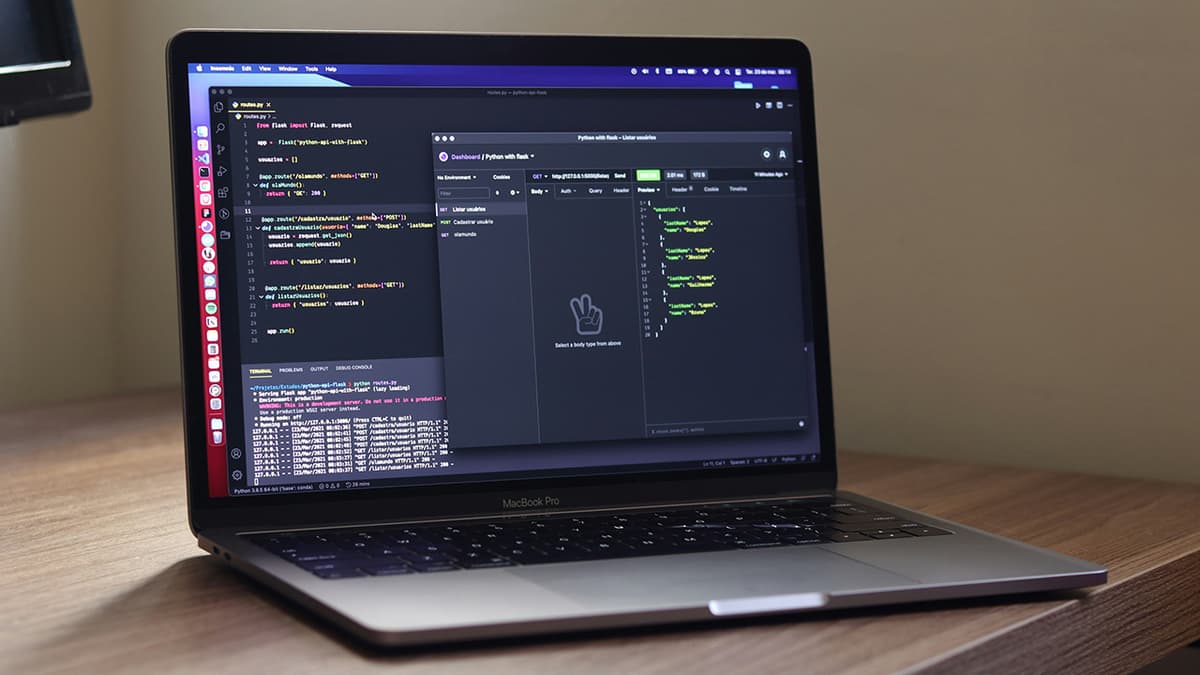How to Optimize Performance in Your React CRM Application
Are you struggling with slow performance in your React CRM application? You're not alone. Managing large datasets, complex components, and frequent re-renders can often lead to sluggish user experiences. However, fear not – there are several strategies you can implement to optimize the performance of your React CRM application and ensure a smooth and responsive user interface.
Identify Performance Bottlenecks
The first step in optimizing your React CRM application's performance is to identify the bottlenecks that are causing slowdowns. Use browser developer tools, such as Chrome DevTools, to analyze performance metrics like rendering times, network requests, and JavaScript execution. This will help you pinpoint areas of your codebase that are contributing to the sluggishness.
For instance, if you notice that a particular component is re-rendering unnecessarily, you can optimize it by memoizing the component using the React.memo higher-order component. This will prevent unnecessary re-renders and improve overall performance.
Lazy Loading for Enhanced Performance
Another effective strategy for optimizing performance in your React CRM application is lazy loading. Lazy loading involves loading components, routes, or assets only when they are needed, rather than all at once when the application loads. This can significantly reduce the initial load time of your application and improve overall performance.
You can implement lazy loading in your React CRM application using React's built-in React.lazy and Suspense components, or by using third-party libraries like react-loadable or react-lazy-load. By lazy loading heavy components or routes, you can ensure that only necessary resources are loaded, thus speeding up your application's performance.
Javascript
Virtualized Lists for Improved Rendering
If your React CRM application involves rendering large lists of data, consider implementing virtualized lists to improve rendering performance. Virtualization involves rendering only the items that are currently visible on the screen, rather than rendering the entire list at once. This can significantly reduce rendering times and improve the overall user experience.
You can use libraries like react-window or react-virtualized to implement virtualized lists in your React CRM application. These libraries offer efficient algorithms for managing large datasets and ensure smooth scrolling and rendering performance.
Jsx
Minimize Component Re-renders
Excessive re-renders can have a significant impact on the performance of your React CRM application. To optimize performance, you should minimize unnecessary re-renders by implementing shouldComponentUpdate lifecycle method or using React's React.memo for functional components.
By memoizing components and implementing shouldComponentUpdate, you can ensure that components only re-render when their props or state change, rather than on every update. This can improve rendering performance and make your application more responsive.
Code Splitting for Faster Load Times
Code splitting is a technique used to split your application's code into smaller chunks that can be loaded on demand. By code splitting your React CRM application, you can reduce the initial load time of your application and improve performance, especially for larger applications with complex codebases.
You can use dynamic imports or third-party libraries like React Loadable to implement code splitting in your React CRM application. By splitting your code into smaller chunks and loading only what is needed, you can improve load times and overall performance.
Javascript
Optimize Network Requests
Efficiently managing network requests is crucial for optimizing the performance of your React CRM application. Consider strategies like data caching, server-side pagination, and API request optimization to reduce network latency and improve overall performance.
You can use libraries like axios, SWR, or React Query for efficient data fetching and caching in your React CRM application. By optimizing network requests and reducing unnecessary data transfers, you can enhance the responsiveness and speed of your application.
Optimizing performance in your React CRM application is essential for providing a seamless user experience and improving overall efficiency. By identifying performance bottlenecks, implementing lazy loading, virtualized lists, minimizing re-renders, code splitting, and optimizing network requests, you can significantly enhance the performance of your application.
Performance optimization is an ongoing process, and it's important to continually monitor and fine-tune your React CRM application to ensure optimal performance. By following these strategies and staying vigilant about performance metrics, you can create a fast, responsive, and efficient React CRM application for your users.












